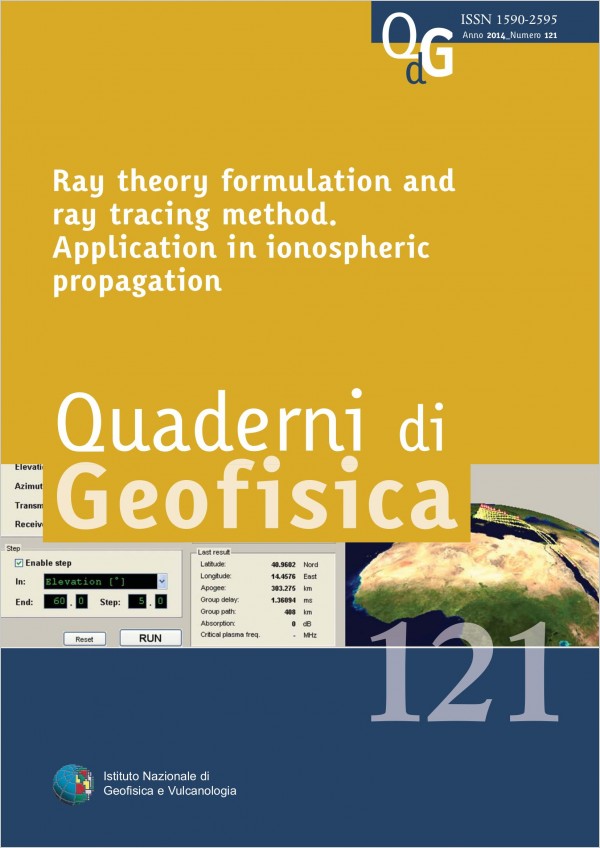This work will lead to ray theory and ray tracing formulation. To deal with this problem the theory of classical geometrical optics is presented, and applications to ionospheric propagation will be described. This provides useful theoretical basis for scientists involved in research on radio propagation in inhomogeneous anisotropic media, especially in a magneto-plasma. Application in high frequencies (HF) radio propagation, radio communication, over-thehorizon-radar (OTHR) coordinate registration and related homing techniques for direction finding of HF wave, all rely on ray tracing computational algorithm. In this theory the formulation of the canonical, or Hamiltonian, equations related to the ray, which allow calculating the wave direction of propagation in a continuous, inhomogeneous and anisotropic medium with minor gradient, will be dealt. At least six Hamilton’s equations will be written both in Cartesian and spherical coordinates in the simplest way. These will be achieved by introducing the refractive surface index equations and the ray surface equations in an appropriate free-dimensional space. By the combination of these equations even the Fermat’s principle will be derived to give more generality to the formulation of ray theory. It will be shown that the canonical equations are dependent on a constant quantity H and the Cartesian coordinates and components of wave vector along the ray path. These quantities respectively indicated as r i (t), p i (t) are dependent on the parameter t, that must increase monotonically along the path. Effectively, the procedure described above is the ray tracing formulation. In ray tracing computational techniques, the most convenient Hamiltonian describing the medium can be adopted, and the simplest way to choose properly H will be discussed. Finally, a system of equations, which can be numerically solved, is generated.
Published: 2024-02-09

